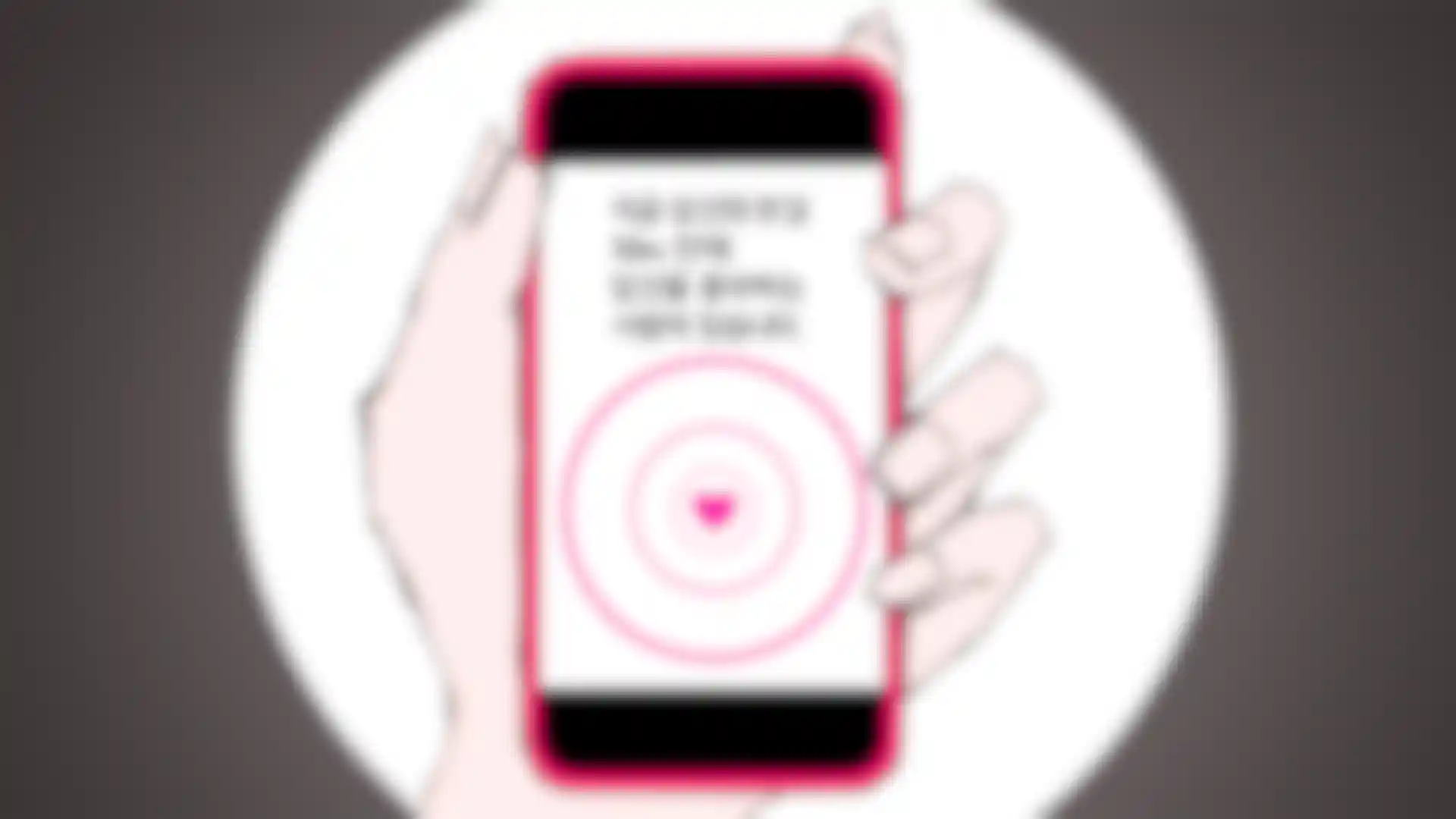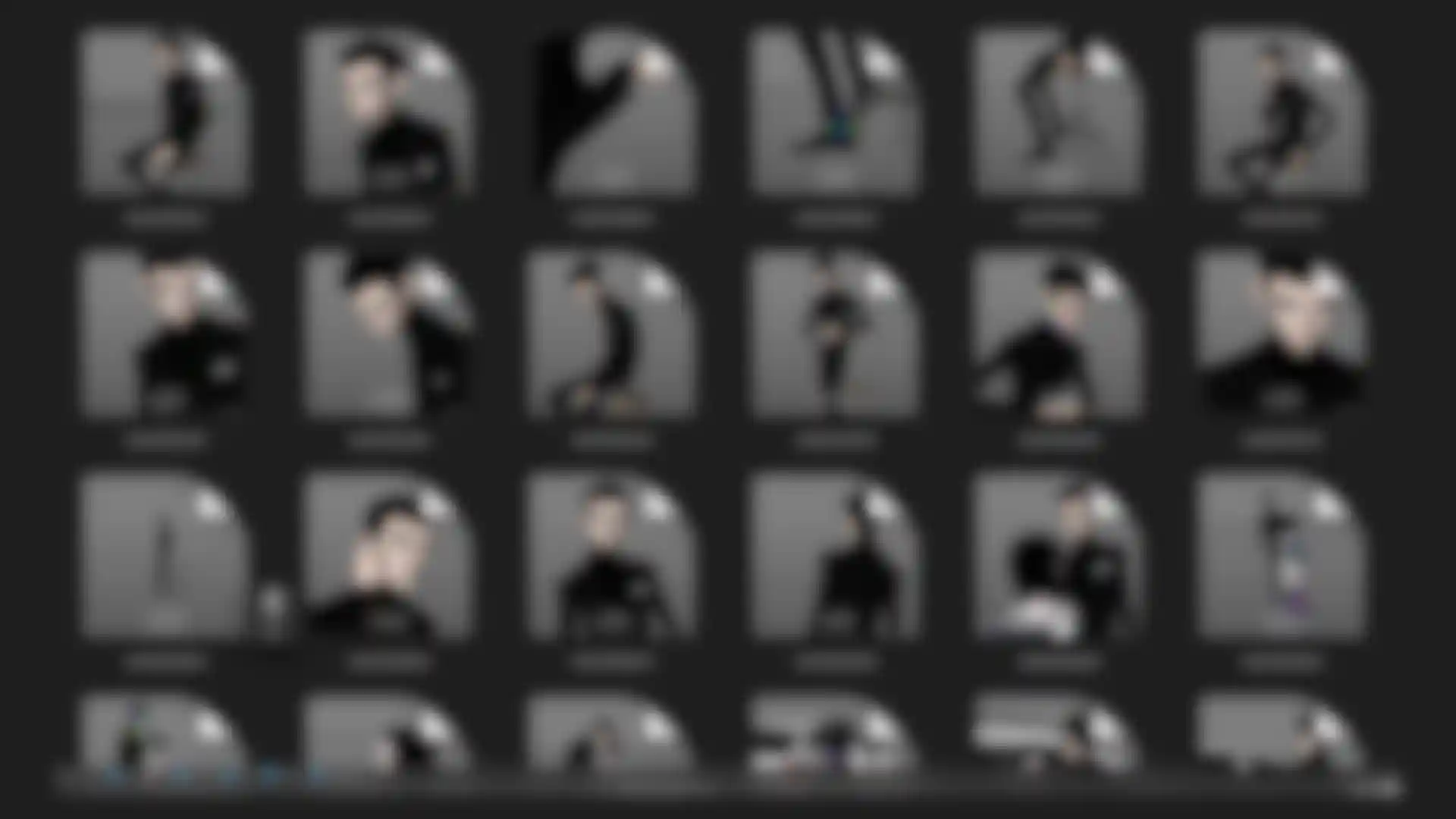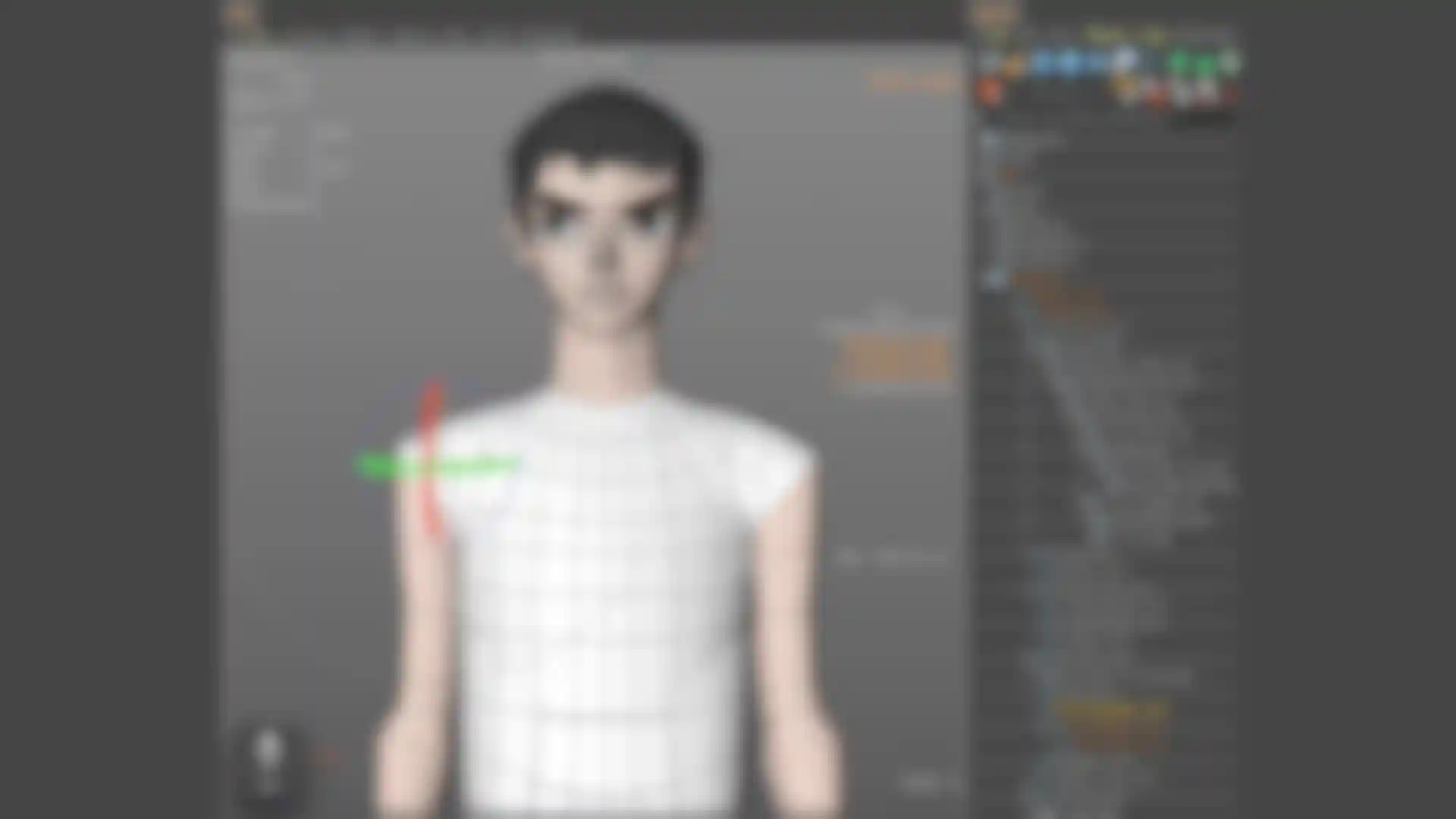
Kye Young Makes Comics in C4D Using Voice Controls Young's popular webtoon, Love Alarm, was nearly derailed by arthritis, but then she taught herself a new way to work.
Kye Young was 25 when she left her job at a TV production studio in South Korea to become a comic artist. Now, nearly 25 years later, she is one of Korea's most well-known graphic novelists (Audition, Girl in Heels and Unplugged Boy). She's also the artist behind the popular webtoon, Love Alarm, a long-running series about a world in which a Love Alarm app alerts people if someone in their vicinity has a crush on them.
Young has been creating new episodes of the Love Alarm series since 2014. She's always relied on Cinema 4D, primarily, but recently she had to take a break after developing degenerative arthritis in her fingers. Intent on finding a way to resume work on the series, she figured out how to use voice commands to control C4D, dramatically reducing the need for her mouse and keyboard. Netflix recently released a new Love Alarm live-action series based on Young's webtoon, and it has already been renewed for season 2.
Here Young explains how she uses Cinema 4D with voice commands to create her webtoon, which explores young love in the digital age. (Note: her answers have been translated from Korean into English.)
How did you decide to become a comics artist?

Kye Young: My work developing ideas and creating storyboards for TV commercials was quite interesting creatively and it satisfied clients. But I wanted to have a creative job to satisfy myself as well. I thought comics were what I was looking for because I could do everything from planning to the final stage myself.
My main themes are romance stories, so readers are mostly young ladies. I do my very best to make drawings and weave a story together that gives readers happiness, and that makes me happy to see that.
How long have you been using C4D, and how did you switch to voice commands?
KY: I used 3ds Max at first. But in 2014, I learned Cinema 4D when I started Love Alarm. Greyscalegorilla's valuable tutorials were a great help to me when I was learning. Cinema 4D is quite intuitive and easy to use with light scene files, so I fell in love with it quickly. But after a while I felt an acute pain in my fingers, and it was so grave, I could not even click a mouse. I couldn't imagine doing 3D without mouse clicks, so I was so afraid that I could not do my comics anymore.
I tested several alternatives: pedal mouse, stylus, pen mouse and macro keyboard. But I was disappointed that none of them were effective compared to a regular mouse. I needed a more intuitive and then I noticed that Mac has a feature called Accessibility. It allows you to interact with items on the screen and to control your Mac using assistive devices, such as switches and joysticks, or technology that tracks eye or head movements. I didn't even think to touch that function when I was OK, but then it became desperately needed and it was easy and worked much better than I expected.
What was it like to train your tools to respond to voice commands?
KY: Nothing special is needed. I just linked the shortcut with voice in the Voice Control menu, so now I choose the command, or menu, with my voice using a mic rather than a mouse. Automator and AppleScript make Accessibility much more powerful, but BetterTouchTool offers more features for mouse and trackpad control so I use that to trigger those gestures. It really is a new dimension of the 3D process. You can see how it works on my YouTube channel. Some videos were recorded live, and the narration to the viewers and voice commands are mixed, so it didn't always work as intended, but it gives you a good understanding. I'm really enjoying it because it will eventually open new ways for me.

What do you mean by new ways?
KY: As a comic artist, I set the motion using the controllers in a character. But the names of the controllers are quite complex, and so is the hierarchy. I used to use the visual selector with the keyboard or mouse but, now that everything has changed, I just say the name of a body part to select it. For example, I say 'right shoulder' and the character's right shoulder is selected automatically. To make the voice process work in Automator, I made a script that makes it possible to select the character controller. I'm just a novice with AppleScript, but an expert could do a lot more easily.
I used to see voice commands as simply an alternative to a keyboard and mouse, but now I can see a future where the operating system will eventually be much closer to human behavior. Cinema 4D supports various shortcut and hot keys, so it is quite easy for me to relate these to my voice. Now that R21 is out, it's become easier to use Accessibility with Cinema 4D because Mac OS recognizes C4D menus. In the future, I believe I'll be able to use natural language, as we speak in real world.
What's your process for creating Love Alarm's characters?
KY: It seems like there are several characters, but I really use only two generic characters, one male and one female. That way, they are quite easy to update, and the series goes on and on. I create the generic base character models in Cinema 4D and then use Xpresso and Pose Morph to change their faces, hair and fashions. The most important work I do is setting the motion of the characters' facial expressions. Each cut of the comic is saved in scene files, which are useful for me as a thumbnail so I can see what is going on.
Are there new projects you are working on or have planned?
KY: I think YouTube is a perfect medium for toons and comics. I uploaded the first part of Love Alarm for free viewing, but it was not created for YouTube originally, so it isn't a perfect fit. I want to create a new comic to fit perfectly with YouTube from the beginning. YouTube has made me think more about what art is in this age. I think the process, and readers' reactions to it, should also be part of the work and that's possible with YouTube. That's why even though I'm a novice at working with voice commands, I'm showing that part of my process live. That's also a part of my work that I want readers to see.




